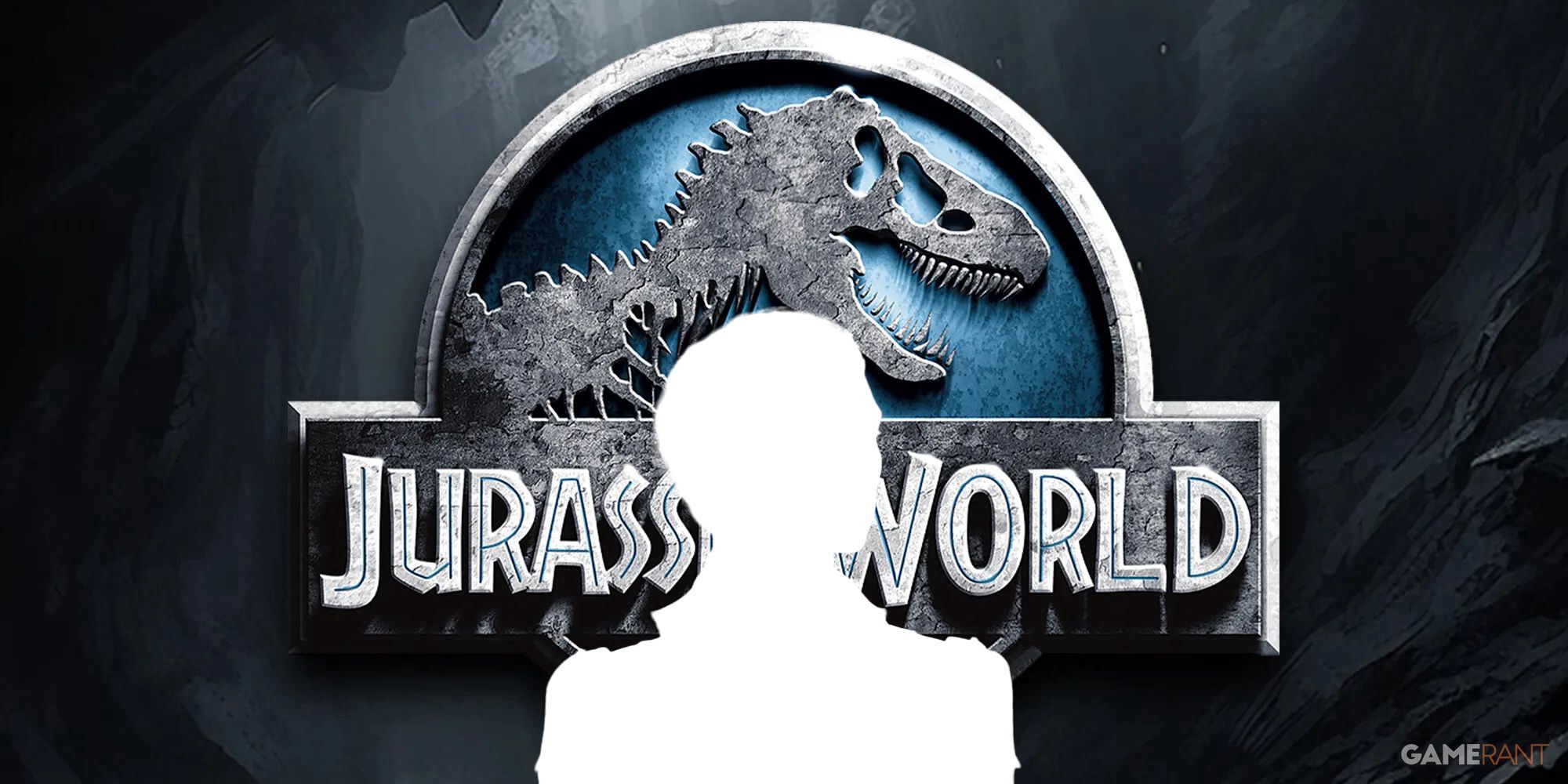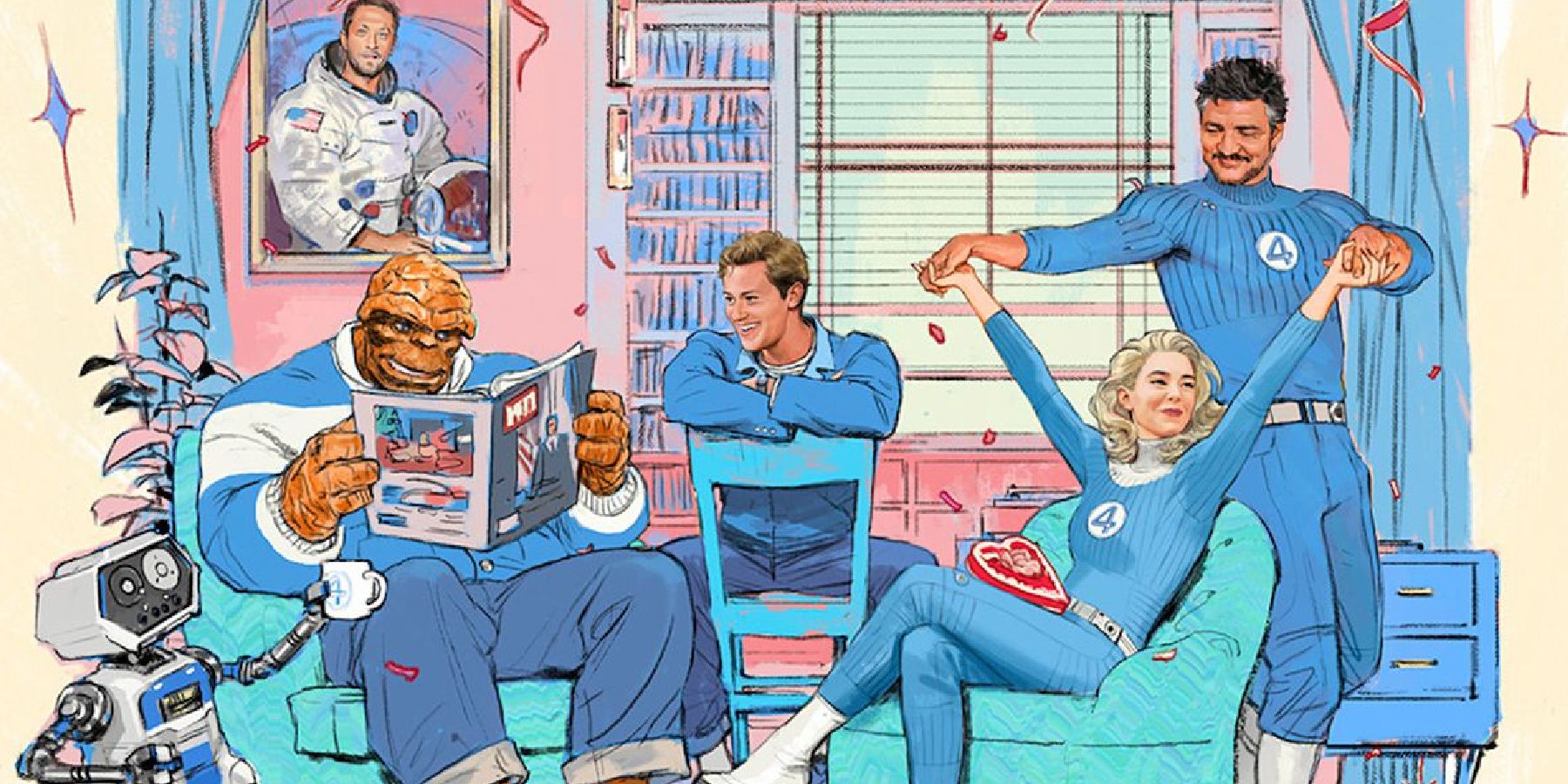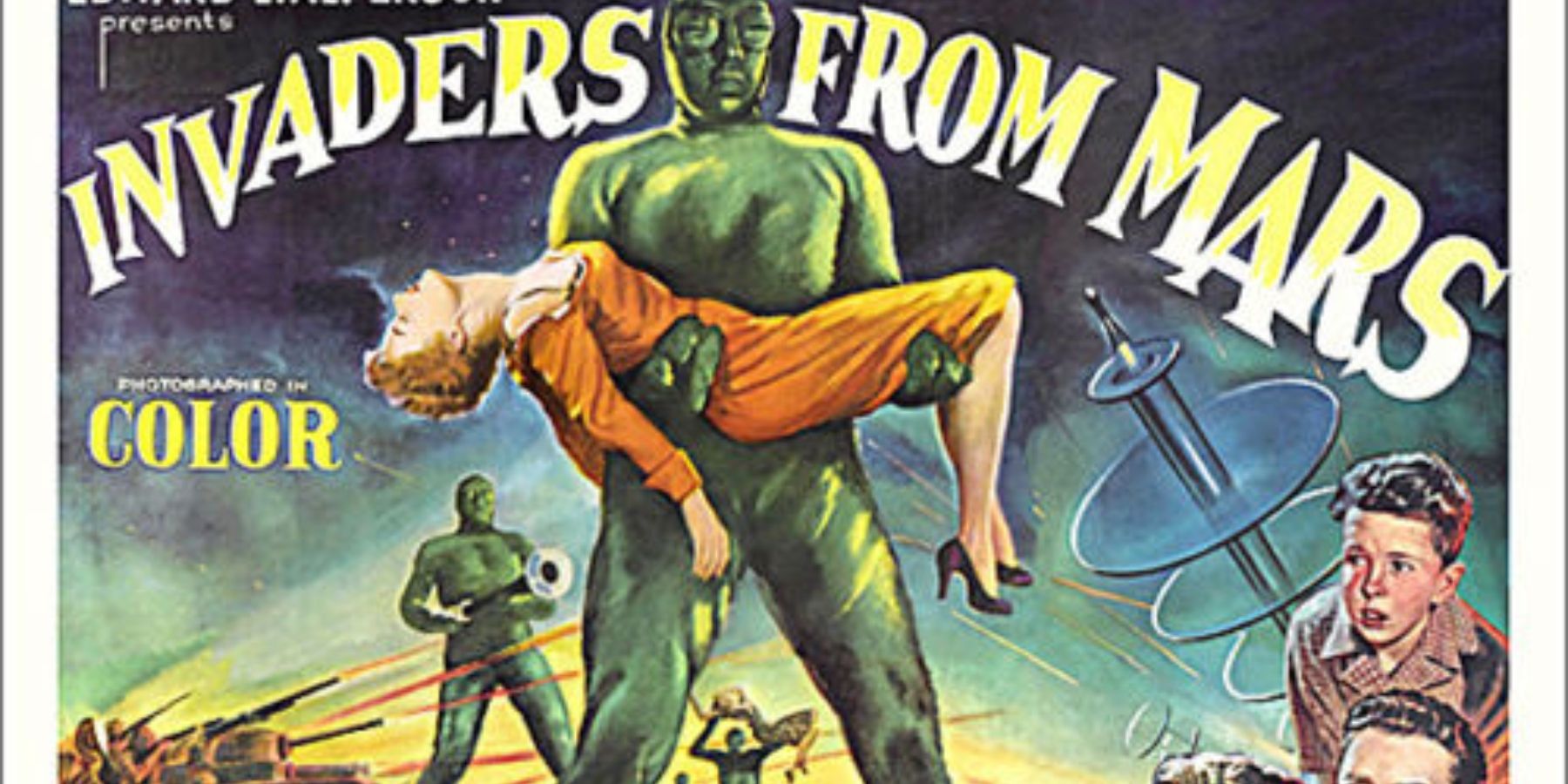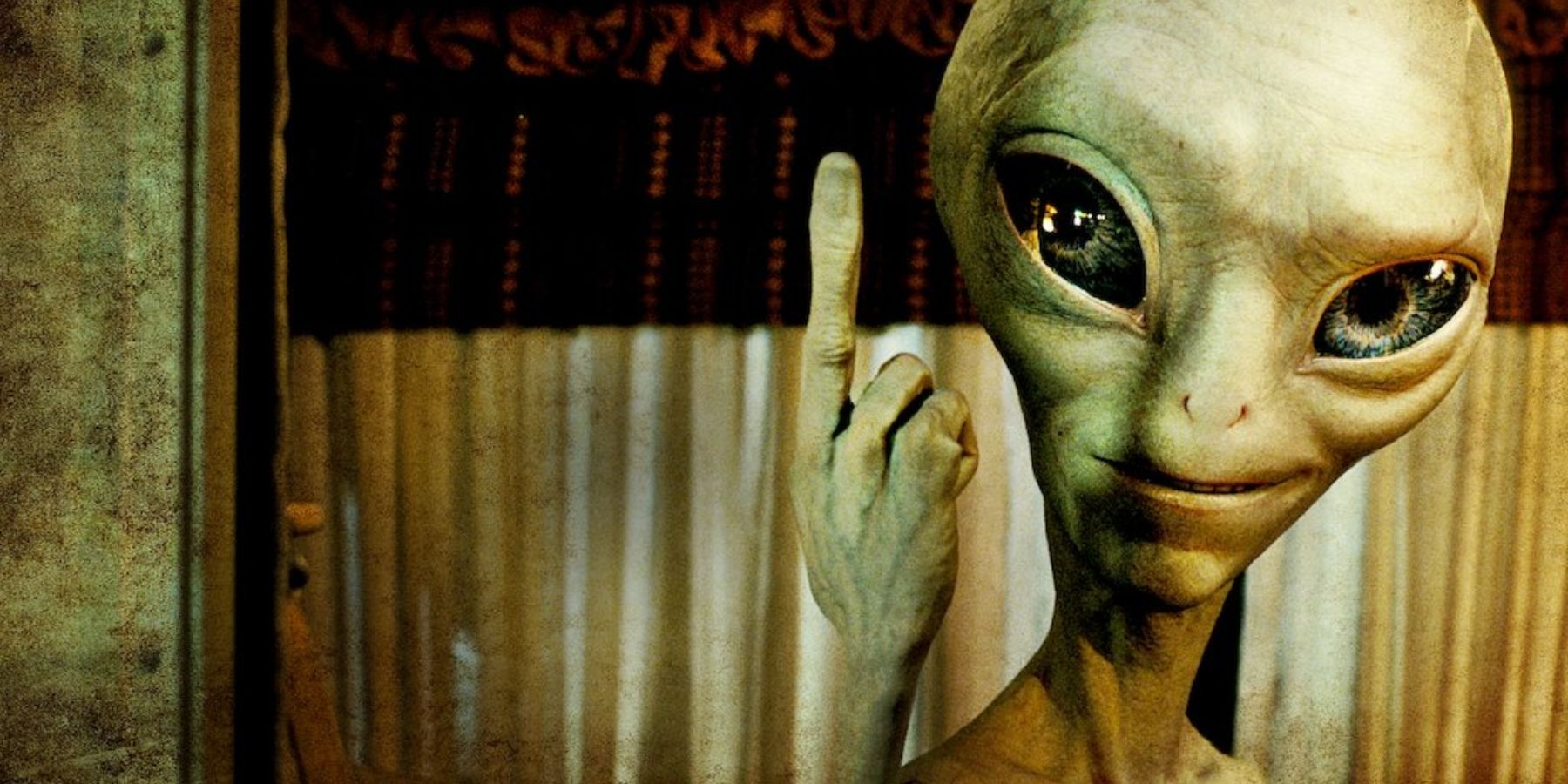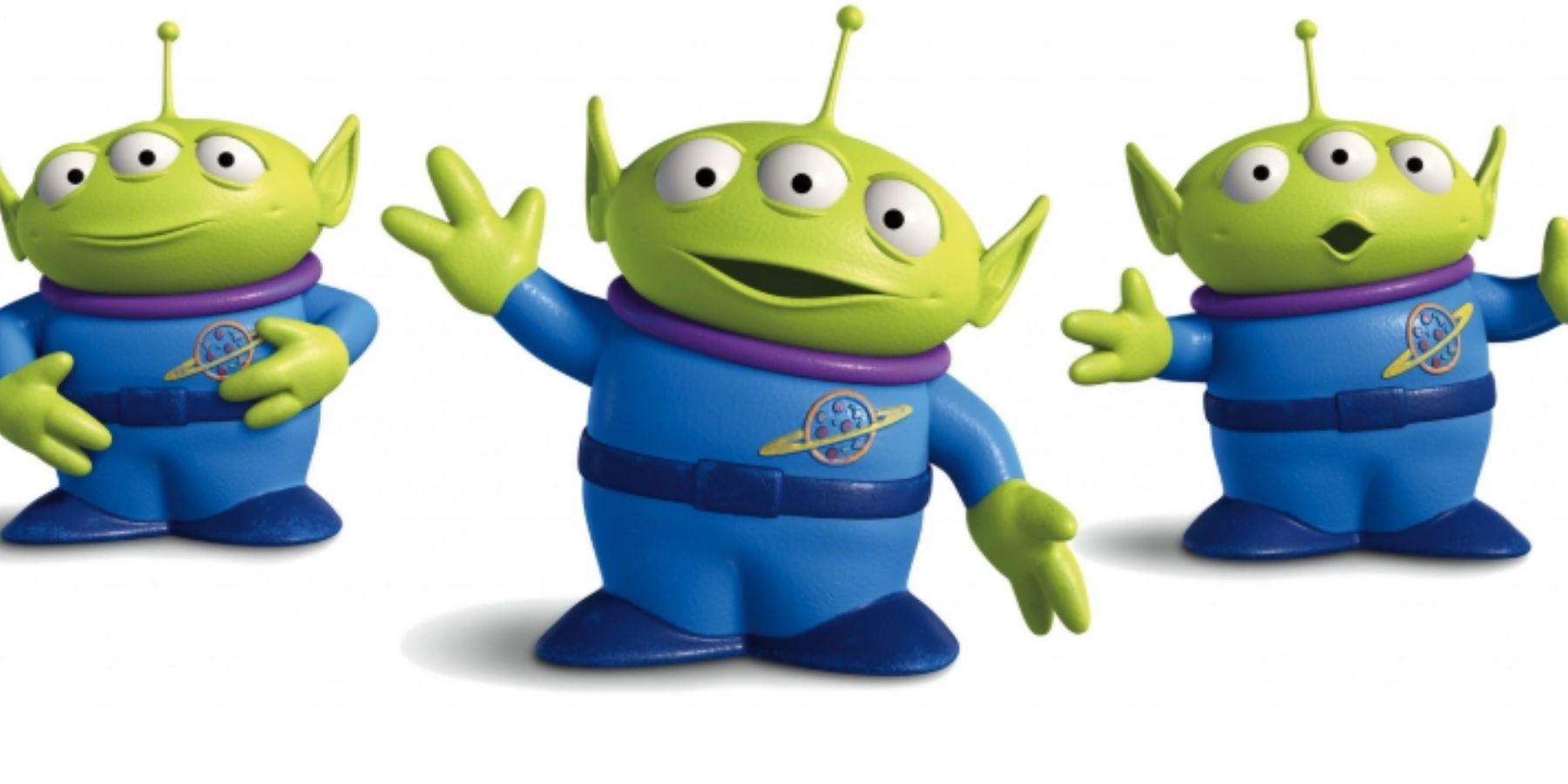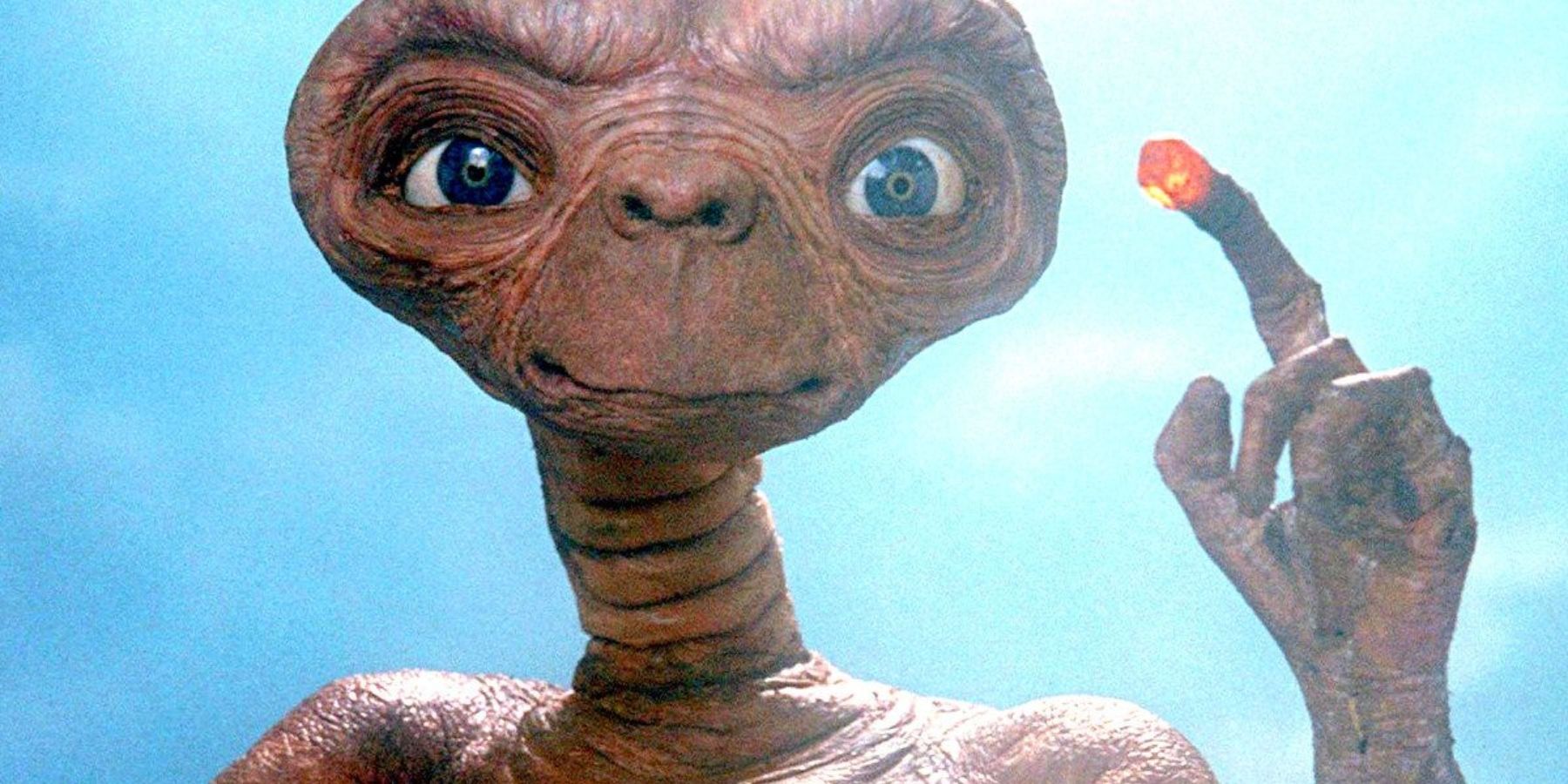We have no concrete way of knowing just what an alien would look like, so humanity has had only our imaginations and understandings of our world to go off of when contemplating the idea of extraterrestrial life. Without having a visual association to connect with the idea of space invaders, the human mind filled in the blanks.
Any of the images that we associate with aliens are conceptual, though they may be inspired by real logic in our world. The reason that there is one image that is most commonly what people picture when imagining aliens is because of its use in films, television, and books.
Because the popularity of aliens in pop culture correlated with human knowledge of space, which really picked up with human space exploration, creative visualizations of aliens reflected humans in many ways. People usually picture them with large eyes, large heads with sharp features, and long lanky limbs because these are familiar exaggerations of very human features.
Especially when the formats in which people explore the ideas of aliens are meant to tell a story, they resemble humans. This allows viewers' minds to associate the messages within these works with humanity’s issues. In other words, media and literature tend to use characters that look similar to people in order to make what they endure in the story relevant to a human audience. Kid's cartoons commonly take this approach by humanizing animal characters so that they’re cute and appealing, but also relatable to an audience of children.
Perhaps what really made the image of green-skinned or gray-skinned aliens so popular were the common alien sightings of the 1940s-1960s. During this time, many people called in claiming to have seen human-like beings with flesh that had either a green or gray color. These calls also often claimed that these beings were short, around 4 feet in height. It was a tabloid of the time covering one of these sighting reports that first coined the phrase “little green men,” in reference to aliens, though today the phrase has developed a rather mocking meaning when discussing aliens.
It’s hard to pinpoint when exactly these descriptions of aliens first began to appear, but the popularity of this image certainly seemed to be connected to this stretch of time when alien sighting reports increased. That said, there are accounts as old as 12th century tales that discuss “little green children” that go missing. These ancient tales of supernatural green beings can be traced back through time in many cultures, but the ways in which they are represented in the story usually reflects the morals and ideas of the societies that claim the tales. In whatever light they are shown in each story, the one thing that they all have in common is that each time, the green characters are meant to be seen as different, as an “other” category of beings.
Because of the focus on the differences between humans and aliens, despite their general similarity, many scholars and writers have begun to focus on how this portrayal of aliens may have originated from racist views. Because the biggest differentiating factor was their skin color and because they are so commonly viewed as invaders, many people have used them to shine a light on racial inequality and hatred towards immigrants. Several writers and artists have started to use alien characters in stories to examine biased opinions around individuals that are from different backgrounds or from different places, to reflect to the audience how they treat those that they perceive to be “invaders.”
In terms of how science perceives this image of aliens, scientists cannot easily speak to what the correct image would be. They can only assume that if aliens are human-like, that they must also function similarity as we do and thus, likely have technology and a knowledge of space. This explains why the search for knowledge about aliens is centered more around their technology and not around their physical makeup.
There may not be any solid evidence to go off of in understanding what or who may be out there in the universe, but we can wonder about it. It is a part of human nature to want to understand all that is around us. Whether something affects human life or not, its existence or the possibility of it, is enough to encourage human interest. This has been proven throughout the centuries by human fascination with mythical and cryptic creatures. What gives aliens a particular appeal to humanity above other creatures that humans have only conceptualized how similar they may be to us, and how they represent the future. Representing the future and being a distant mystery to humanity makes them a popular topic among a society that is looking toward the future, even if the uncertainty makes them a frightening concept to many.
No matter what aliens actually look like, because we now have so little factual proof or knowledge of how they look or live, they are a concept of science fiction. As long as they are science fiction, the ideas around how they look and live are limitless, though that’s not to say that there aren’t clearly favorites. If and when humanity learns what these beings are really like, human curiosity and creativity will continue to think of them the only way we know how.
Source: Wikipedia - Little Green Men

